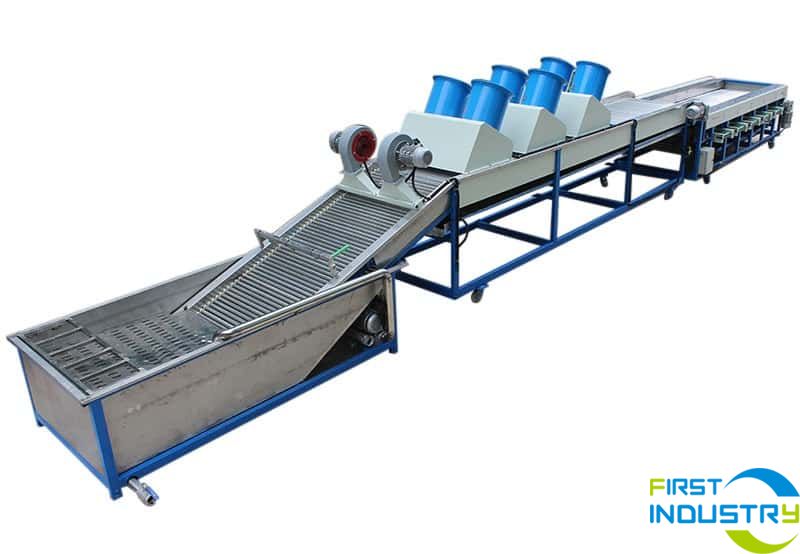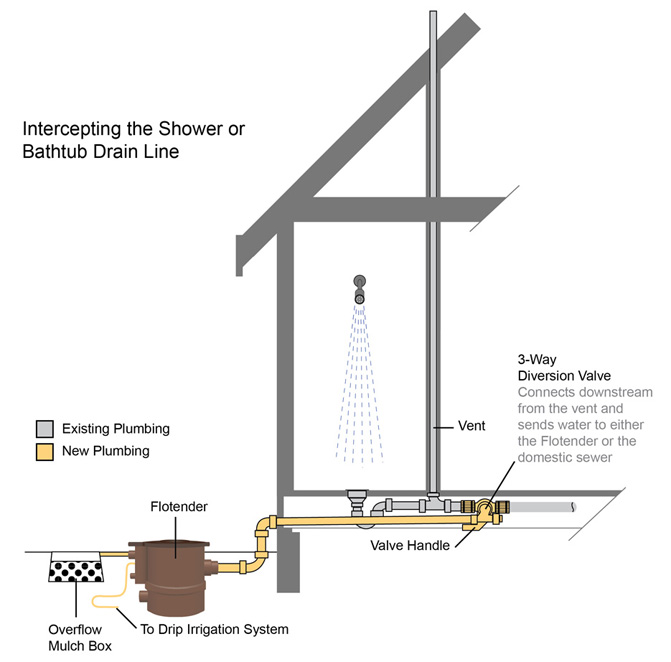
- Washing machine fieldlines code#
- Washing machine fieldlines series#
Why do it? The watering, sunshine and use wear down the lines on the soccer fields, but it's mostly the grass growing and the mowers cutting off the painted tips of the blades of grass that makes the lines disappear.This is of course highly dependent upon use. The common wisdom now is that the tank should be pumped every three years. If the solids are left to build up in the system it will not operate properly and can damage the leach field. Should I pump my septic tank? Absolutely.There is a fee associated with the permit.
Washing machine fieldlines code#
This form is taken to the town office, where the code enforcement officer will grant the permit. The system design is created on an HHE-200 form.
Do I need a permit for my septic system? Yes, all new leach fields and septic systems need a permit. In most cases they are separate entities, although I’m sure there are times when this is not the case. An installer builds the system in accordance with a soil test design. A septic system is built according to a design. There is a distinction between an “installer” and a “designer/soil testing company”. Does a septic system need to be designed? Yes, all septic systems need to be designed by a licensed soil test company or person. How long this takes varies greatly, and is highly dependent upon how much the system is used, how often the tank is pumped, the underlying soil, and whether the system is “abused”. Over time they will begin to break down and eventually fail. Do leach fields need to be replaced? Leach fields are not permanent solutions. It is then further cleaned as it leaches further down into the soil system under the field. Here the effluent from the tank leaches into the ground after being “filtered” or cleaned one last time by the bacteria in the soil. The leach field is the last man-made component of the septic system. Leach field: Enviro-septic leach field under construction Lift stations are used when the leach field is higher than the tank so gravity feed is not an option. It either travels via gravity through a pipe to the leach field or flows into a “lift” or pump station, which then pumps the effluent up to the leach field through a “pressure line”. When the effluent leaves your tank it does so in one of two ways typically, although there are exceptions. It is this effluent that leaves your tank and heads to the leach field.įrom the tank to your leach field: Installing a lift station In between these two layers is the liquid “effluent”. Once the waste enters the septic several things happen: the “solids” will sink to the bottom of the tank where they will be broken down and form a “sludge” and the lighter materials and those that float, rise to the top of the tank forming a “scum” layer. Each time a toilet is flushed, water is turned on or you take a shower, the water and waste flows via gravity through the plumbing system in your house and ends up in the septic tank. Most, but not all, septic systems operate via gravity to the septic tank. Lastly, there is usually a leach field, although some homes on the water still have over-board discharge systems. 
Your toilets and sinks have water traps that block septic odors from entering your home, and there are vent pipes through your roof that allow the septic gasses to escape.) The second is a septic tank or tanks, which may include a pump station. (All of the waste pipes in your house are slightly pitched or angled to allow the water and waste to flow via gravity toward your septic tank.
Washing machine fieldlines series#
The first is the series of pipes and plumbing fixtures in your house.


Most septic systems are comprised of several components. What follows is a very simplified explanation of an involved and complex system of pipes, bacteria, waste, and soil profiles and how each interact to cleanse household waste. Many of the same questions came up, and I’ve answered them often in the past so I thought it might be helpful to cover some basics today. I have had several discussions recently with potential customers regarding their septic systems.







 0 kommentar(er)
0 kommentar(er)
